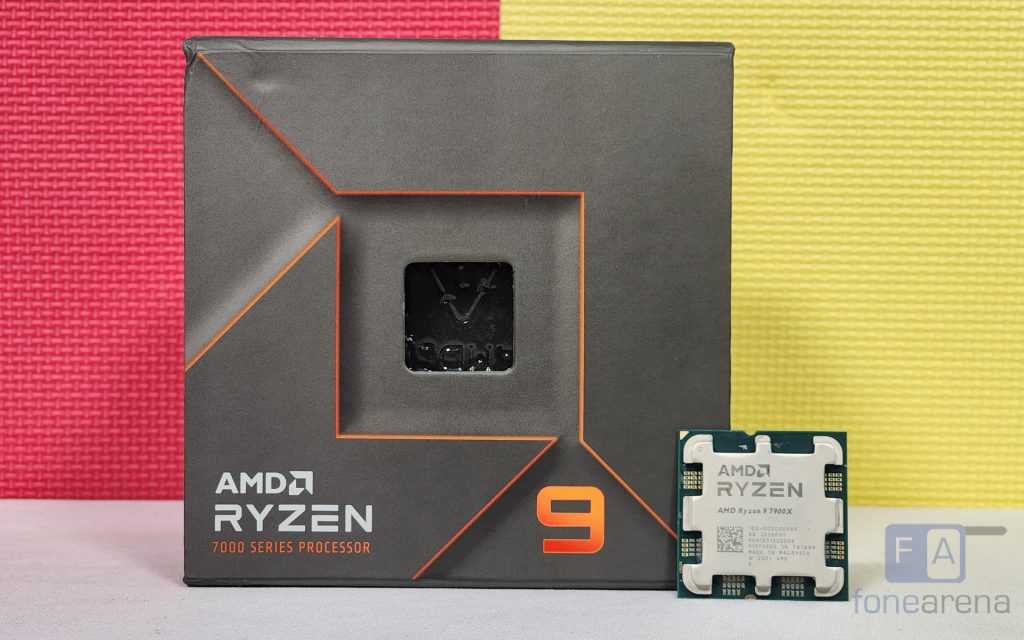
More than a year since they teased their next generation processors based on the Zen4 architecture, AMD has finally launched the newest Ryzen 7000-series of processors. To start with, the company has launched 4 new processors in the lineup, with core counts ranging from 6 cores all the way to 16 cores. In the middle of the lineup is the Ryzen 7900X, featuring 12 cores, 24 threads and an increased TDP of 170W. How does the processor stack up against the previous flagship from AMD, which is the Ryzen 5950X? Let’s take a look at the performance and the upgrades of the Ryzen 7900X in this review.
Package
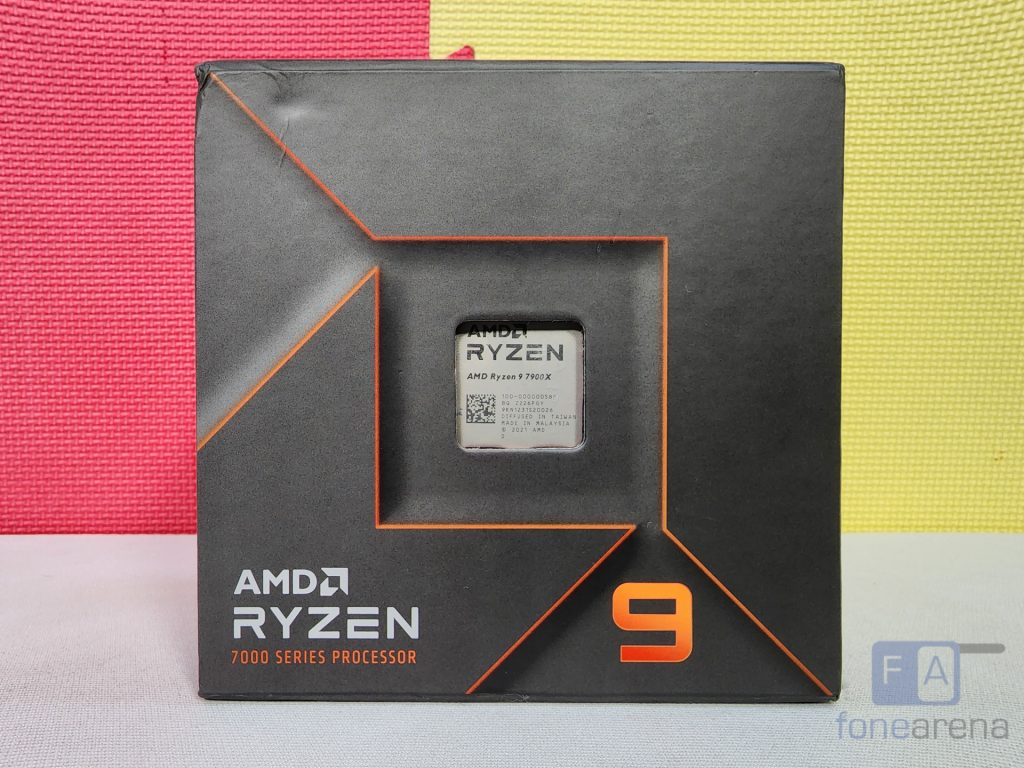
The processor ships in a standard box with AMD Ryzen 9 branding, although the cutout for the processor is on the top instead of the side. The unit we received is a media sample, however the retail sample should be very similar too.
Like every other high-end processor, the 7900X ships without a cooler or thermal solution. The primary reason is that AMD expects the buyer of these processors to have their own high-end cooling solution too. Including a stock fan cooler would be unnecessary for AMD and the buyer.
AMD Ryzen 9 7900X Specifications
| Cores | 12 |
| Threads | 24 |
| Base Block | 4.7 GHz |
| Max Boost Clock | Up to 5.6GHz |
| L2 Cache | 12MB |
| L3 Cache | 64MB |
| PCI Express | PCIe 5.0 |
| Memory Support | DDR5 at 5200MT/s |
| Max Temp | 95 degrees |
| TDP | 170W |
| Manufacturing Technology | TSMC 5nm FinFET |
| Socket | AM5 |
| Architecture | x86 / AMD Zen 4 |
| Launch Price | Worldwide : USD 549
India : INR 47,999+GST |
| Warranty | 3 year limited warranty |
Our Test Bench
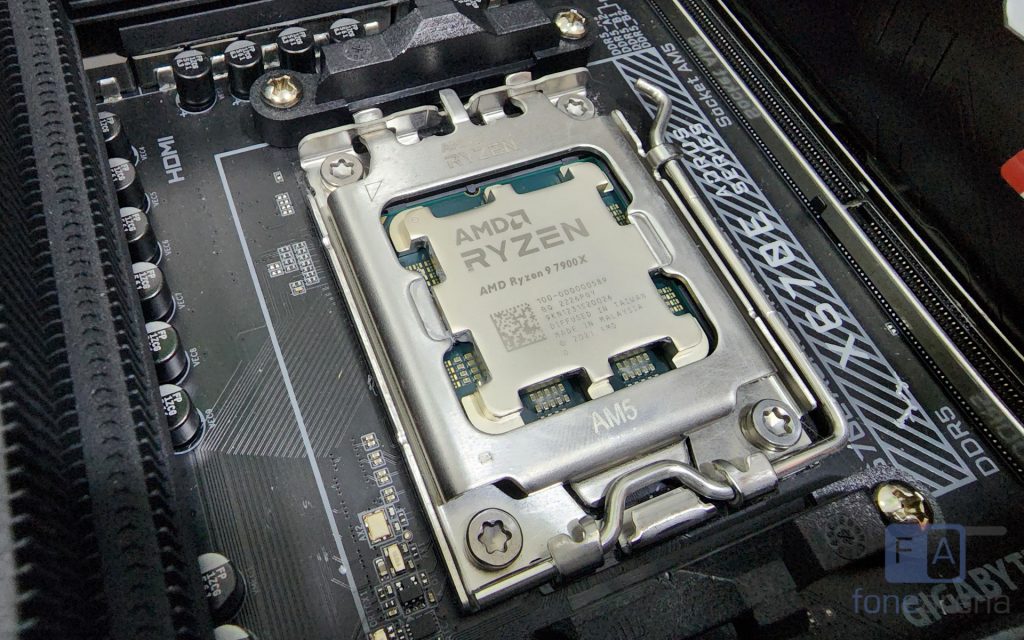
- Gigabyte X670E ACE Aorus Master
- CoolerMaster MasterLiquid ML240L V2 RGB AIO cooler
- 32GB DDR5 5200MHz RAM
- WD Black SN850 512GB PCIe 4.0 NVMe SSD
- GPU: Nvidia RTX 3070
- SilverStone ET750-HG 750W modular power supply
Architecture
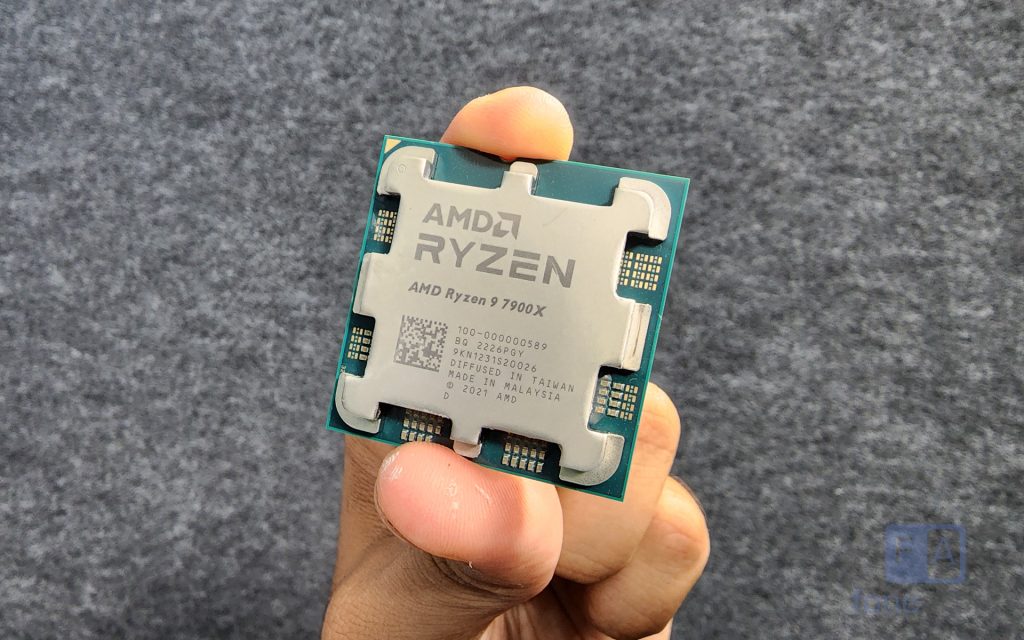
The 7000-series Ryzen CPUs are based on AMD’s newest Zen 4 architecture, which features a host of improvements. The notable ones include double the amount of L2 cache per core, faster base clock speeds, a new 6nm I/O die that incorporates an AMD RDNA 2-based graphics engine and more. The RDNA 2-based iGPU is not as powerful as older Ryzen APUs, however with its 2 compute units and 256 GPU shaders, it should be able to run most modern displays without needing a dedicated GPU.

Similar to the processors based on the Zen 3 architecture, the 7900X features 2 CCDs(Core Chiplet Dies) – CCD0 and CCD1 which contain 6 cores each. This is visible in Ryzen Master which is featured later in this review.
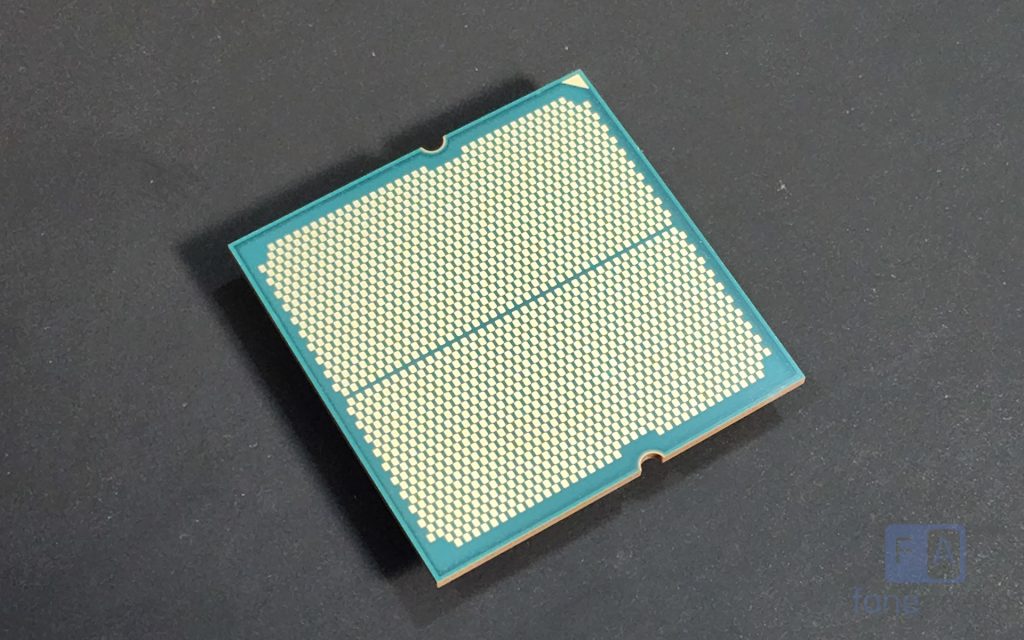
With the launch of 7000-series Ryzen CPUs, AMD also introduced their new AM5 platform. The platform switches to a LGA socket, which means that there can be no more bent pins on your CPU. Along with this, AMD is bringing support for dual-channel DDR5 memory, PCIe 5.0 and a higher power target. For now, there are 3 chipsets announced for the AM5 platform – X670E, X670 and B650E and B650. They are expected to launch lower-end chipsets soon.
Benchmarks
While our focus has largely been on mobile benchmarks, we will be publishing more content around personal computing devices. For this review, we have focussed more on CPU-specific benchmarks.
Cinebench R23
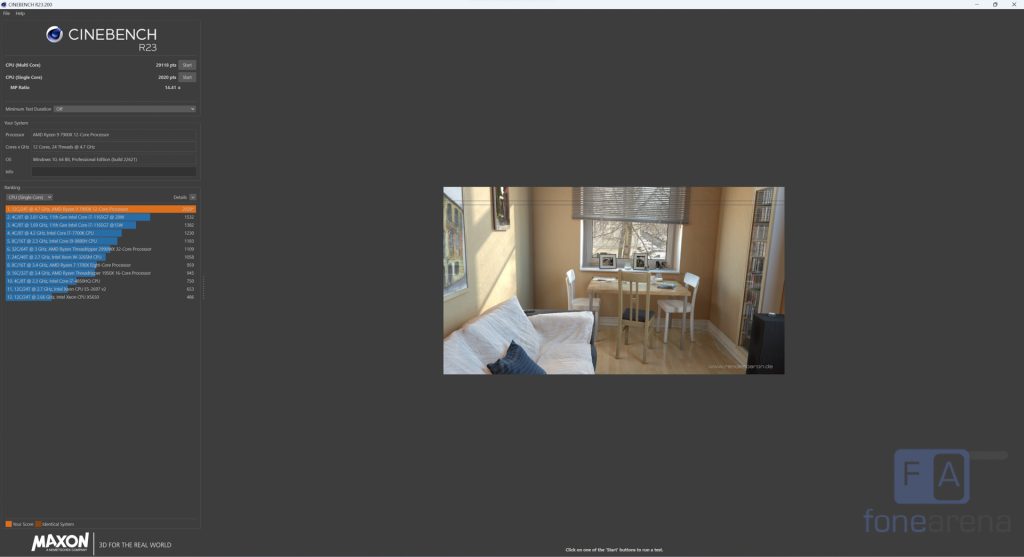
Cinebench is based on the Cinema 4D suite and can be used to measure 3D modeling, animation, motion graphic and rendering performance
GeekBench 5

Geekbench is a popular cross-platform utility for benchmarking CPU and GPU performance.
CPU-Z
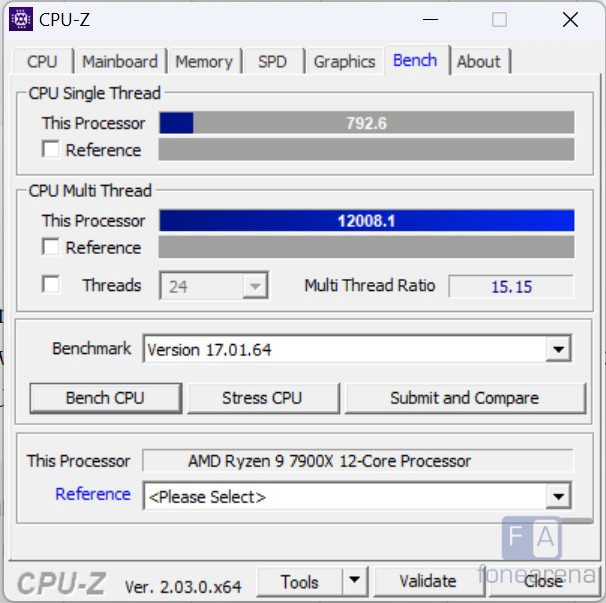
CPU-Z is a very popular tool to check the system information of Windows computers. It has a benchmarking tool built-in which gives a taste of the raw CPU performance of both single-core and multi-core
PCMark 10 Extended
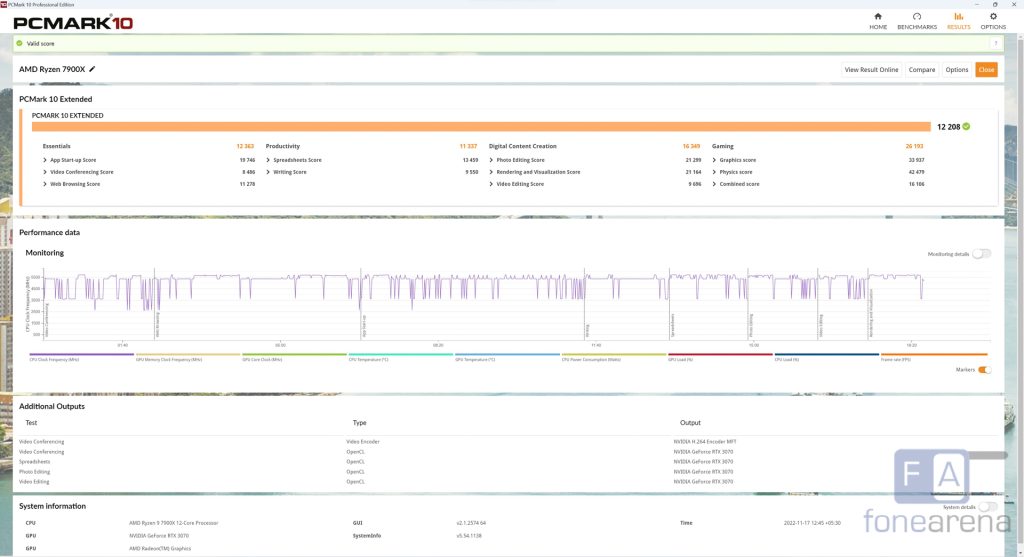
This is a benchmark that is geared more towards general usage and is developed by UL Solutions.
Blender
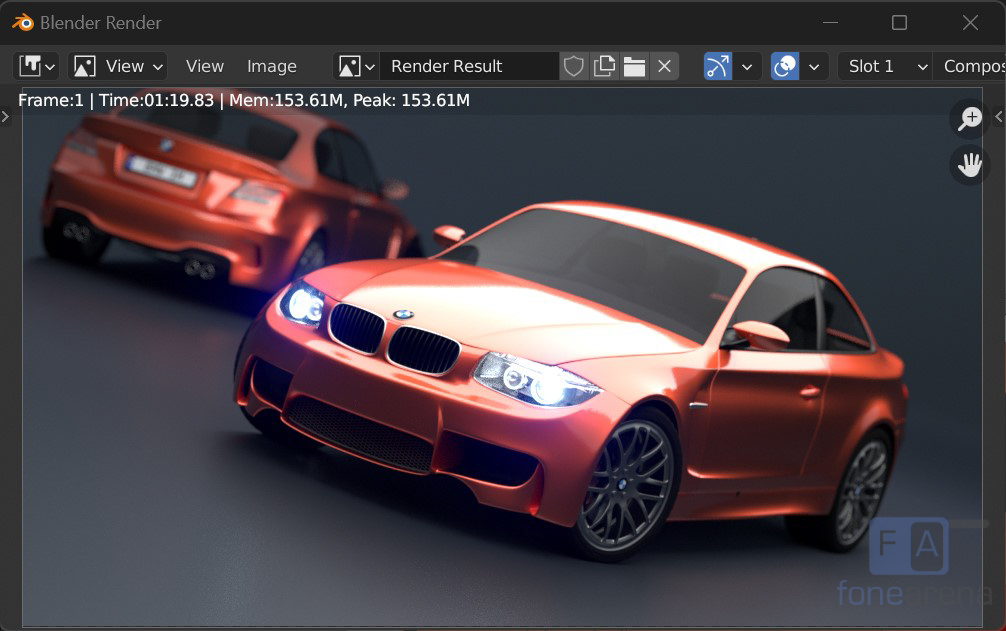
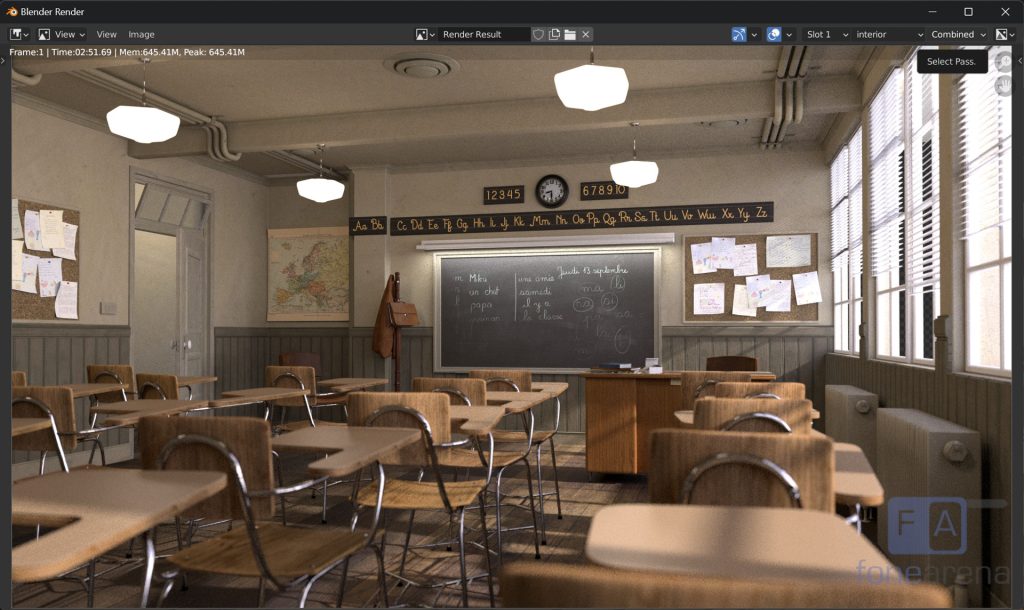
A relatively newer benchmark, this benchmark is based on the Blender open-source project which gives an idea about the rendering performance of both CPUs and GPUs.
Jetstream 2
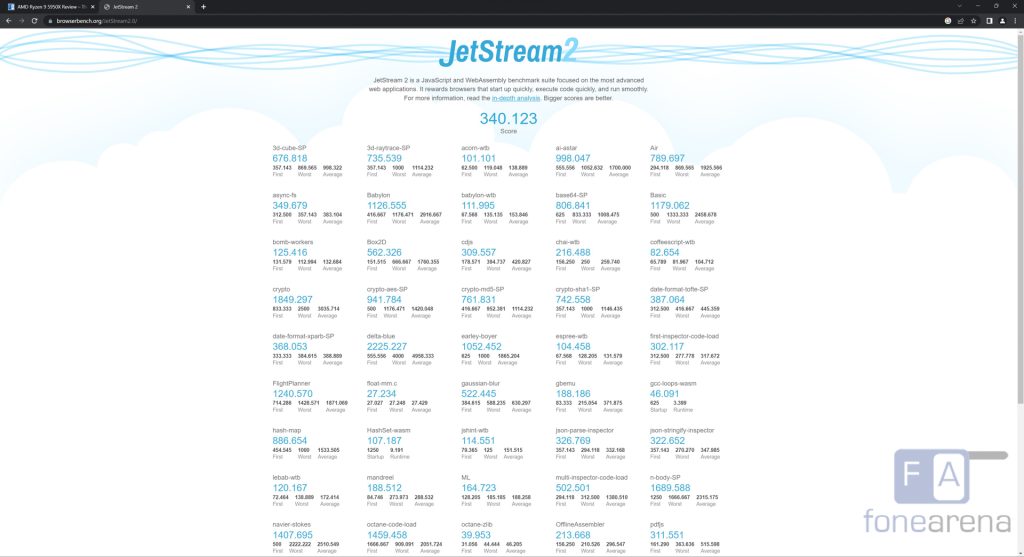
Jetstream is a Javascript benchmark which can measure browser performance effectively. It was run in Google Chrome.
Mozilla Kraken
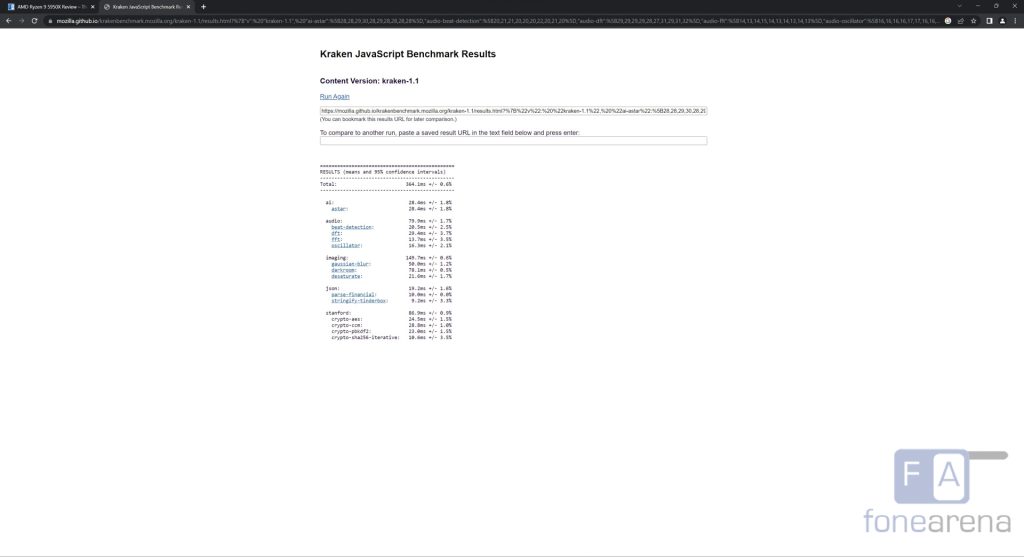
Mozilla Kraken is another Javascript benchmark which is built by the Mozilla Foundation and gives a glimpse into real world web browsing performance. This test was run in Google Chrome.
Gaming Performance
While gaming performance is mostly dependent on the GPU, it requires a good CPU to cater to the demand of the GPU to avoid any bottlenecks. We tried several demanding games and the 7900X was paired to an Nvidia RTX 3070 with 8GB of VRAM and AMD Radeon 6800XT with 16GB of VRAM. We ran the games in QHD and 1080P and even paired an XBOX controller for the gaming feast. This CPU can pull off 4K gaming with a compatible GPU at ease.
Some of the games we tried are below :-
- Flight Simulator 2020
- F1 2020
- Counter Strike Go
- Forza Horizon 5
Ryzen Master / Overclocking
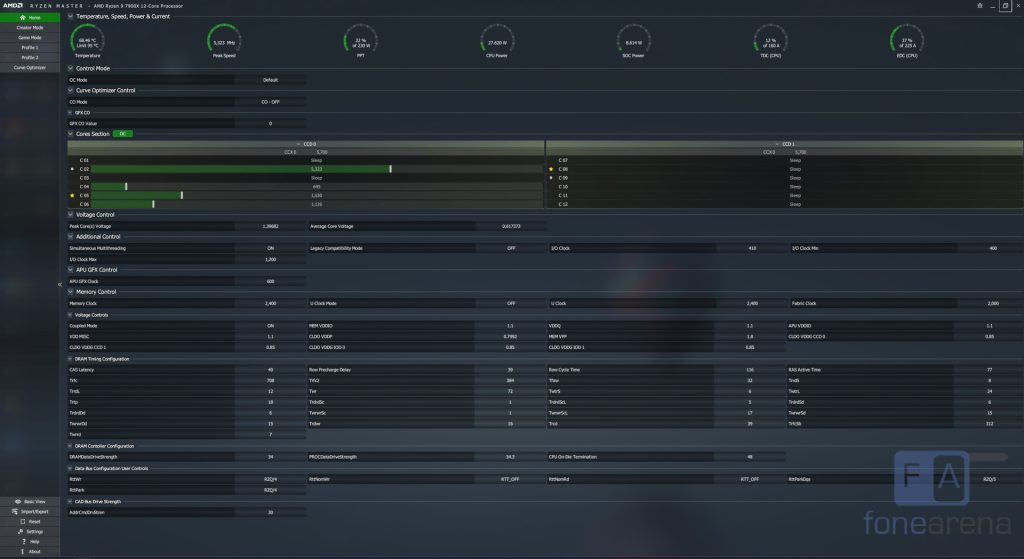
When it comes to overclocking and performance monitoring, AMD offers a great tool on Windows called RyzenMaster. It lets you monitor your CPU performance right down to each individual core, and lets you see if various parameters are under control. The other use of Ryzen Master is the ability to overclock without having to go into the BIOS settings. Although the 7000-series CPUs feature Precision Boost 2 and Precision Boost Overdrive technologies, Ryzen Master does allow you to manually control CPU parameters for overclocking. Just remember that manual overclocking can be a hit and miss, and it does require more technical know-how.
We request you to use the tool at your own risk, and we would not be responsible in any way if you void your warranty in case you damage your CPU
Real World Performance / Thermals
For this generation, AMD increased the power limits across the board for all processors. The Ryzen 7900X in particular is rated for a 170W of TDP now, which is a significant increase in power. When idle, the thermals and power consumption are fairly low. We were running it on an AIO liquid cooler, and it idled at around 35 degrees. However, at full load, the temperature climbed quite quickly and pushed our AIO cooler by a lot. The maximum temperatures hovered around 90-95 degrees, which is close to the limit set by AMD. The good news is that the processor always stayed well above its base clocks and near stable around boost clocks when under load. During Cinebench runs, the processor would boost to 5.6GHz and stay there for the whole run. All of this was done with stock settings, so if you do have plans to overclock then you must have a beefy cooling solution. Otherwise you will be limiting your Ryzen processor.
Conclusion – Verdict
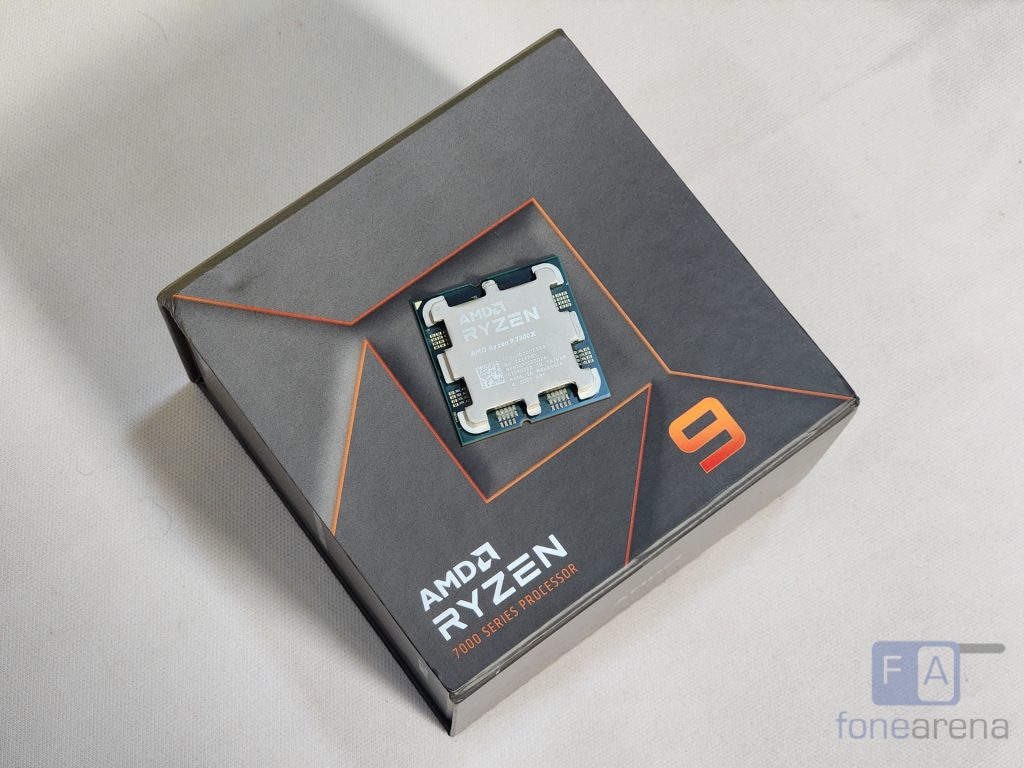
The Ryzen 9 7900X is a capable CPU for gaming and an excellent upgrade over the 5900X and it even surpasses the flagship 5950X processor in most workloads. The performance gains come at a cost of additional power consumption as the TDP has jumped from 105W to 170W. AMD has finally moved to the AM5 socket after supporting the AM4 socket since 2016. This brings support for faster DDR5 memory and PCIe gen 5.0. Another welcome change is the move to LGA which means the contact pins will be on the motherboard and not on the CPU. If you are on a budget you could check out the 7600x and 7700x which do offer even better value for money at a lower 105W TDP.
Pros
- 12 cores and 24 threads – Excellent performance
- Higher base, boost frequencies and overclocking support
- DDR5 and PCIe Gen 5.0 support
- AMD EXPO RAM optimization tool
- Better overall performance than previous gen top-end 5950X with 16 cores
- Integrated GPU
Cons
- Requires newer DDR5 RAM and not backward compatible with DDR4
- No longer compatible with AM4 (B450,B550,X470 and X570 Chipset based) motherboards requires new AM5 board
- 170W TDP and runs at a higher temperature than 5000 series
- No bundled cooler
- Pricing need to be more attractive
With inputs from Milan Nair







